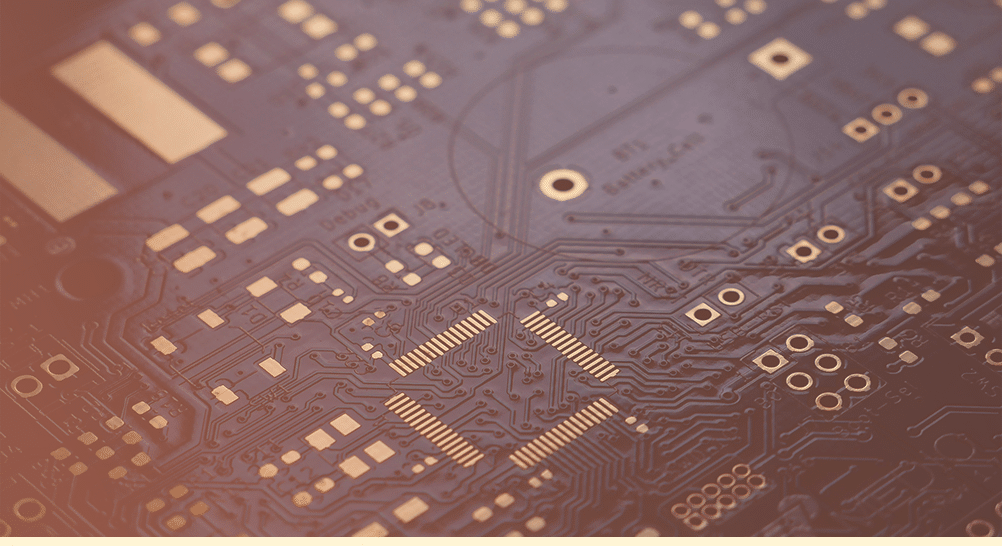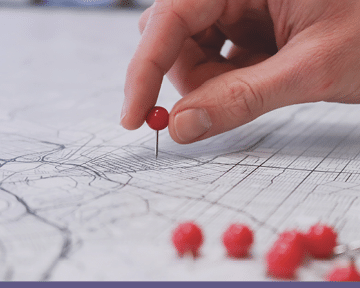Innovative tech transforming the shopping experience
Up-and-coming smart retail IT solutions
Companies on the forefront of smart retail integration
Testing smart retail solutions before taking the leap
What will the retail experience of the future be? Vice President at Gartner Matt Cain had some creative predictions. According to Cain, 2030 will see an omnichannel retail integration where brick-and-mortar stores use biometric sensors to analyze consumers when they walk through the door, where algorithms determine likely purchases, and where robots fulfill orders on the spot.
Already the Internet of Things (IoT), Augmented Reality (AR), Virtual Reality (VR) and Artificial Intelligence (AI) are enabling technologies to communicate in ways that are revolutionizing how shoppers engage with products and stores.
Up-and-coming smart retail IT solutions
Globally, the smart retail market is expected to balloon from USD 19,497.0 million in 2020 to USD 134,347.9 million by 2028. Emerging technologies include smart mirrors, smart glasses, smart glass, digitized smart carts, tags, beacons, geotracking, robots, and cashier-less automation.
- Smart mirrors
When it comes to smart mirrors, there’s a range of possible use cases. Outfitted with touch-screen technology, these mirrors can provide sizing suggestions, 3D avatars for virtual fittings, and styling recommendations. If synced with stock-tracking technologies, smart mirrors may even provide insights into other colors and sizes available in store or at other store locations.
- Smart glasses
In Japan smart glasses were introduced as a means of helping the elderly shop from home. Store clerks look at the shelves while donning the glasses, relaying the footage back to the customer in real time. Augmented reality can also enhance in-store experiences, allowing customers to scan items to view information. - Smart glass
Switchable glass can be altered with an electrical current, allowing users to control light, glare, heat, and ambiance. Solar versions also boast energy-efficiency. These technologies are finding their way into hotels and shopping plaza designs, enhancing overall aesthetics and improving consumer comfort.
- Digitized smart carts
These carts can recognize every item placed inside, allow in-cart payment, and provide discounts and promotions. Smart carts also have the potential to track consumer foot traffic for better layouts and flows.
- Tags
These tags use radio-frequency identification (RFID), providing real-time information on transactions, inventory, stock, and even customer purchase history. They also can be used to control theft and prevent loss. As RIOT notes, “RFID technology allows retailers to track their inventory throughout the retail supply chain, from the warehouse shelves all the way to the sales floor.” - Beacons
These Bluetooth devices are used primarily as marketing tools. They are placed strategically throughout a location and transmit notifications to users’ smart phones when triggered by users’ proximity. Beacons work well for smaller locations. - Geofencing
Geofencing also uses RFID technology and sets a perimeter or “fence” around a location. By doing so, retailers can then measure and track the amount of foot traffic that enters and leaves that location. They can also target those within the perimeter for advertising purposes. Geofencing works well for larger areas. - Robots
By 2025, brick-and-mortar retail may employ over 150,000 robots, according to ABI research. Whether they are spotting spills, answering questions, or assisting with inventory, these machines “free up workers from routine tasks, presumably giving humans more time for customer interaction,” as Harvard Business Review notes. HBR also points out, “The real benefit of retail robots is the opportunity to capture more granular data abou the products on the shelves and customer buying patterns, which can increase efficiency and accuracy in inventory management.” - Cashier-less automation
These systems take advantage of artificial intelligence, cameras, sensors, and computer vision to track the items a shopper picks up and sets down. Business Insider explains, “They also register prices, tallying a customer’s basket and sending out receipts at the end of a shopping trip.”
Companies on the forefront of smart retail integration
- IKEA was among the first to integrate an augmented reality shopping app. According to WIRED, Tim Cook flagged IKEA as an ideal AR prospect, leading to a spate of sofas popping up in random locales across the internet: elevators, railway stations — if you could envision it, an IKEA sofa could decorate it. But despite users’ proclivity to joke around with it, AR has proven a useful tool, providing virtual rooms with the vision necessary to promote a purchase.
- Nike also uses augmented reality. Customers can look up product information by scanning shoes or clothing. But they also utilize computer vision, machine learning, data science and AI to scan feet and recommend the right shoe and the right fit. Who knows, one day they might even be able to 3D print a shoe customized to that foot scan.
- H&M announced in May that for the next year they will be testing the use of smart mirrors both in the fitting rooms and on the sales floor.
- Lens Crafters now allows customers to virtually try on glasses both in an app and via an in-store virtual mirror.
- NTUC Fairprice, the largest supermarket in Singapore, will begin piloting a program in August to test Cust2Mate smart carts.
- Southeastern Grocers has enlisted Grocery TV to install 2,600 digital advertising displays across stores in Miami, Jacksonville, and New Orleans.
- Walmart recently purchased a 62.2% stake in Symbotic, utilizing the robotics tech in Walmart distribution centers.
- Following in the footsteps of Amazon, Whole Foods, and Kroger, Carrefour City in Dubai is piloting cashier-less automation.
Testing smart retail solutions before taking the leap
Undoubtedly some smart tech is going to become mainstream while some will fall into the pit of “seemed good but really were not-so-good” ideas. Tech is never cheap, and fleet-wide implementation costs for integrating tech can land big companies in the billions. Be sure you know if the tech you’re using will succeed or flop before you roll it out. Using software such as MarketDial, you can test any innovative idea and have definitive proof of its salience before investing in it.
For more information on how testing can support your smart business, check out these articles:
Preparing to catch the retail Generative AI wave
Retail biometrics: Exploring new possibilities
Testing to thrive in today’s retail landscape




